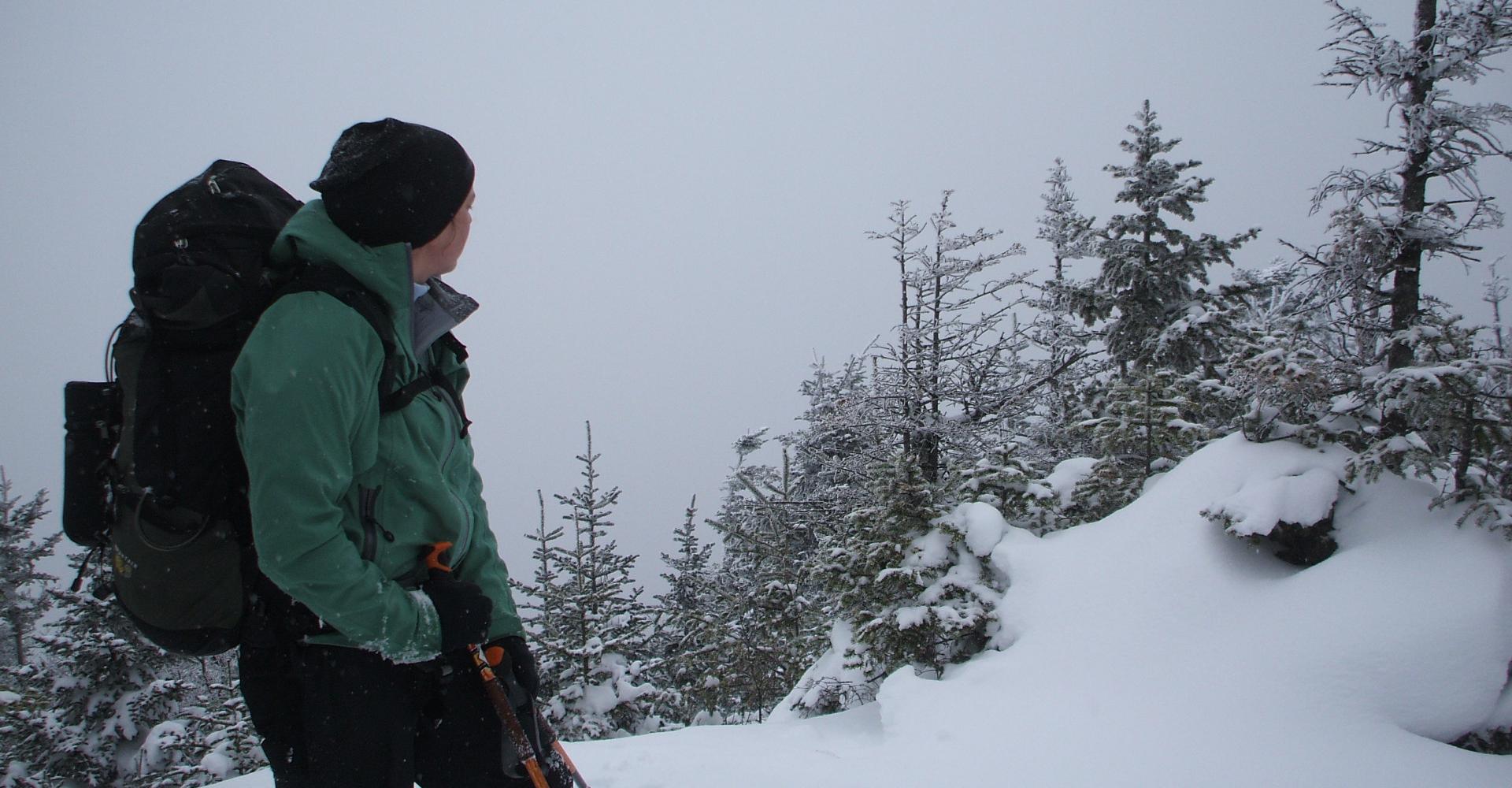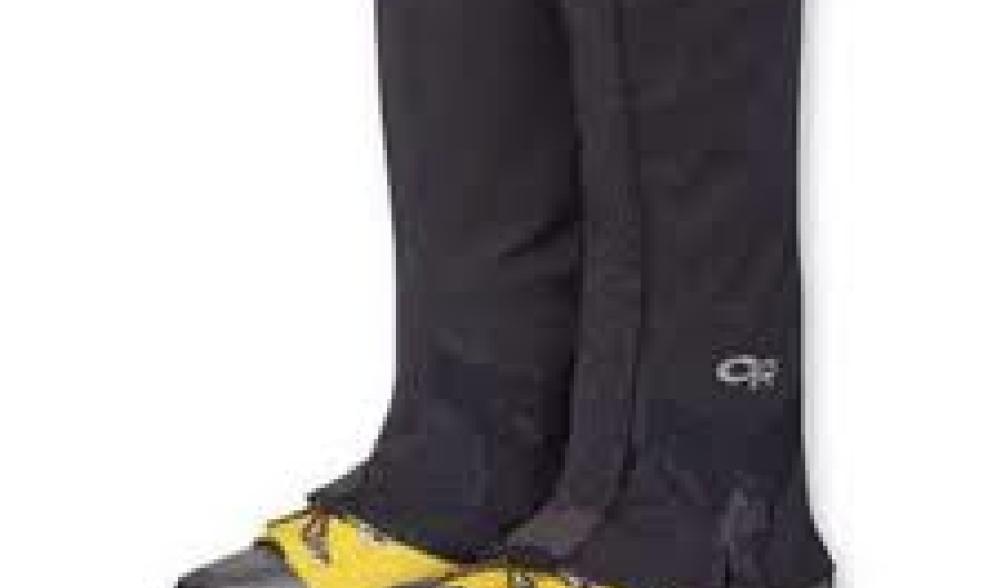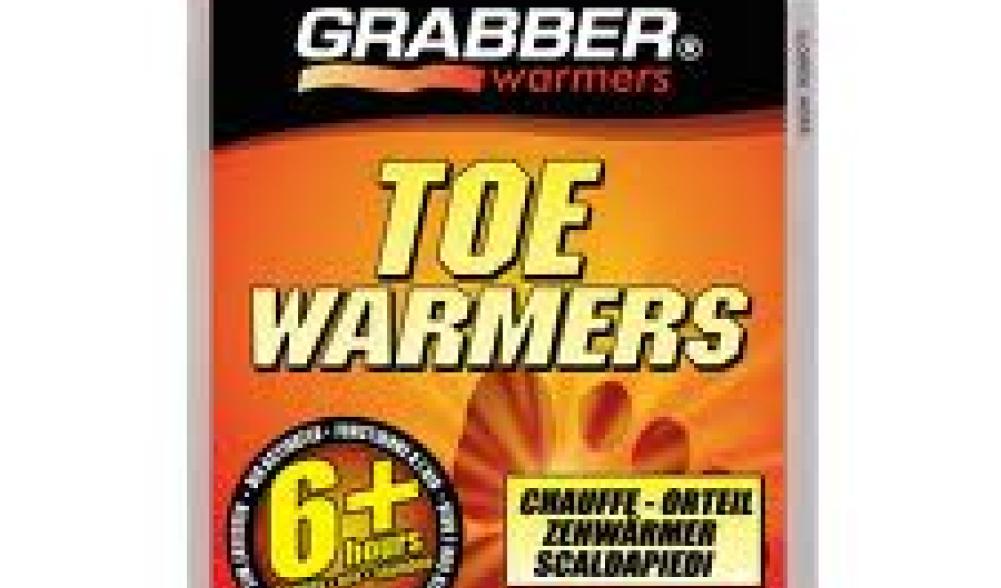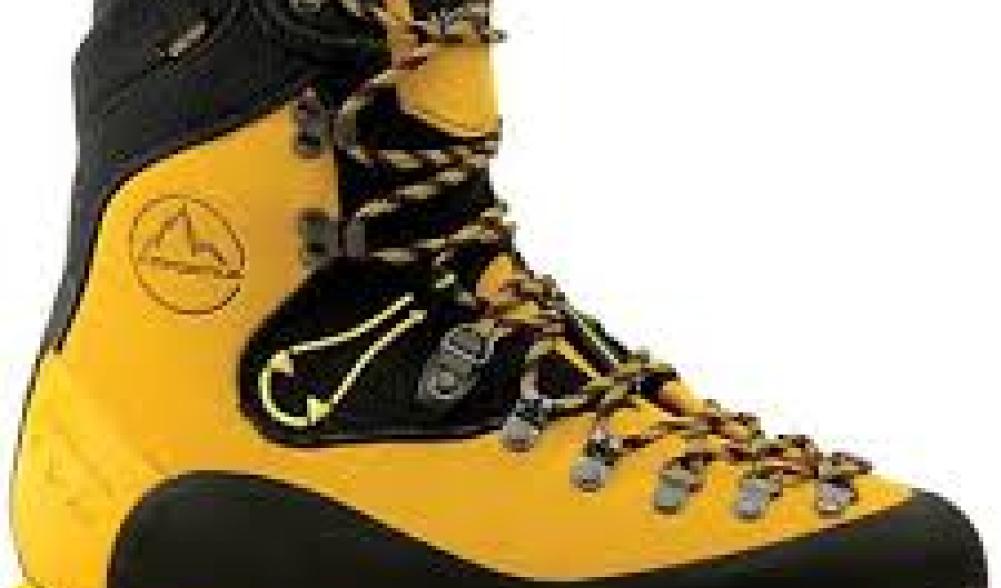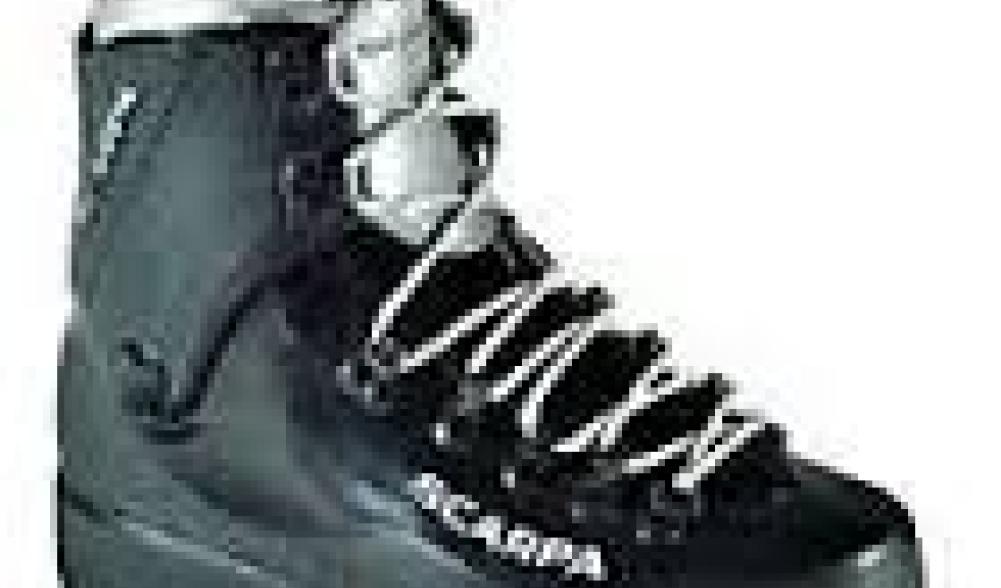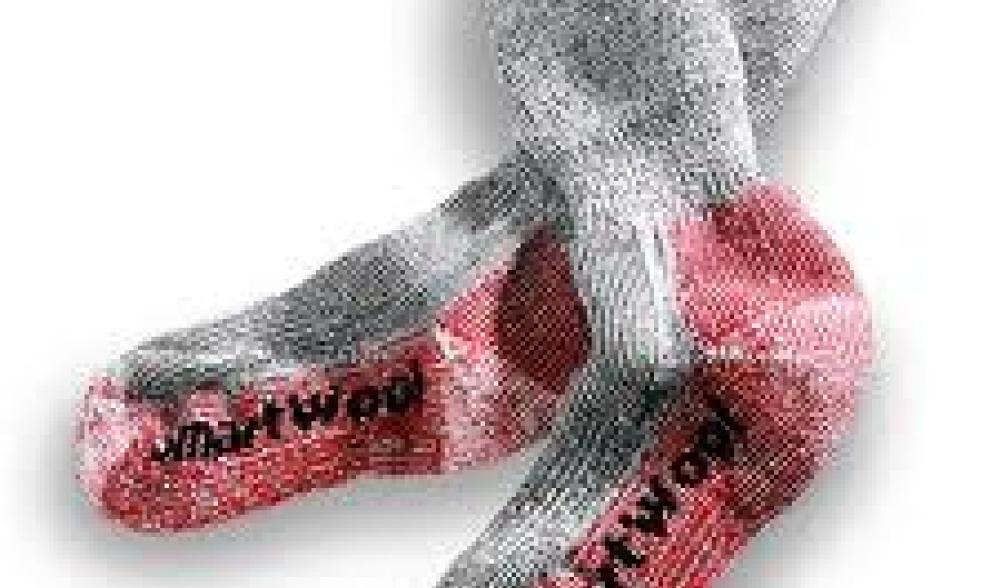Your feet can be a problem child for many people in the winter and without your feet it’s hard to function much less have an enjoyable winter experience. Proper foot care is important for safe travel and the positive outcome of your outing, more so than I think many realize. If your feet get cold you could have the minor discomfort and not enjoy your day or much worse; you could get into an emergency situation and end up losing a digit or two.
Frostbite to the toes is not only a serious physical injury but a life threatening one as well. Frostnip is slightly less dangerous but it is a precursor to frostbite. Frostnip can be seen as a swelling, whitening, reddening and/or chapping of the affected areas. Sometimes frostnip isn’t as noticeable and left untreated in the field could advance. Frostnip is not only a current ache, but it could cause you to be more prone to cold weather discomforts and injuries in the future. Fortunately for me, I have never been frostbit or nipped too badly to my feet. There are a couple key prevention measures that are very easy to do. Obviously keep your feet warm, but not too warm, that is the key. Do not make your feet sweat because when you stop they will get cold very fast and will take way too long to get warm again. If you are a heavy foot sweater carry a 1-2 pairs of dry socks and change them before you hit tree line, as soon as you get back to camp, when they get wet, or whenever you feel a discomfort.
Don’t get boots that are too small or wear too many pairs of socks to constrict blood flow in your feet. Compression to the feet especially in the toes will cause them to get cold very fast and issues arise shortly into the trip.
Never wear non-waterproof boots out in the winter. Your summer hiking boots or sneakers are not adequate for a safe day in the woods in the winter. I only say this because I have seen this way too many times in the backcountry.
No matter the type of footwear you choose, it must fit correctly. Fit is tough over the internet, I recommend you go directly to a local gear shop and try them on and get a professional fit. Once you get the fit down, it is important to get them broken in. The breaking in process takes time and should be done over the course of many smaller trips rather than one long one. Leather mountaineering boots will take much longer to break in and in some cases not in the first season. However, mountaineering boots with liners take less time, as the liners are much plusher and pack out faster.
Gaiters:
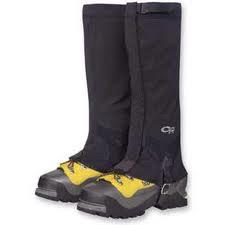
Gaiters are simply a fabric layer to close off the top of the boot. Gaiters come sized from S-XL and come in water resistant and waterproof models. With either, the fabric holds in heat while holding back water and snow from getting into your footwear. The barrier that is holding in the heat actually keeps your feet warmer.
Foot and toe warmers: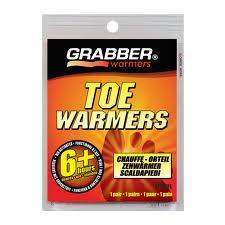
Always carry a few toe warmers with you just in case. If you use them, place them either under your instep if you have high arches or under your toes in the knuckles. Place them carefully to avoid constriction or rubbing. Your feet are very sensitive to temperature change, it is not recommended to place these directly on the skin.
Hiking boots:
Summer hiking boots are not adequate unless they are full leather and waterproof. If they are, you might be able to get away with a short winter snowshoeing trip of 2-4 hours.
Leather mountaineering boots:
Most leather mountaineering boots do not come with liners, but all are waterproof. These are very stiff and take some time to break in. Some are comfortable right out of the box, others are not. There are many companies out there producing these, LaSportiva and Scarpa are a couple names you might recognize.
Plastic mountaineering boots: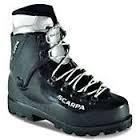
Plastic boots are named such because the outer shell is plastic with a removable insulating liner. The liners can feel very tight once they are slid into the boot. These liners pack out to a great fit and others can be heat molded at the shop. The heat molded liners are the best fit and will accelerate the breaking in process. The shell is made for two size liners; the liners should be purchased to your foot size. If done correctly you can also do a shell fit, but this should be done only by someone who knows the process.
Cotton socks:
Don’t use them, period!! They get wet, then you get cold, then you get in trouble.
Wool and synthetic socks: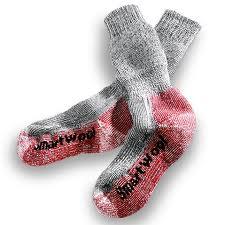
These are the only types of socks to use. They come in several different weights from light to mountaineering. The heavier the sock the more room they take up in the shoe, make sure to not over constrict your feet.
Liners socks work great and I highly recommend them. These liners will take up extra room in the boot, add warmth, some extra cushion and work as a second skin, so to speak.
Wool socks stay warmer and do not develop an odor over time.
Laces:
Always carry an extra set of laces with you. The best replacement laces are actually p-cord for climbing. It’s tough and durable and is easier to work with when frozen. Also if not used to replace a broken lace they can be use in an emergency situation for lashing.
Moleskin:
This blister prevention measure is key, especially with mountaineering boots that can at times be very uncomfortable. Moleskin is made to be blister prevention not blister care. If you have a problem area you should apply the moleskin before you leave the house. If you get a blister in the field you still need to apply something. The moleskin will work to reduce rubbing and some of the discomfort. Using a sterile needle remove any fluid first through a small hole, do not remove the loose skin, and then apply the moleskin. When you get home or back at camp cover it and medicate it with Neosporin or similar product.
There are a great many gear shops in the Lake Placid area that can set you up with proper footwear and foot care products, be sure to visit one if you need something or have more questions. Not sure how to proceed in the winter, maybe you want a guide to help you get comfortable for winter travel, check out a local guide service for details on an intro to snowshoeing or an intro to mountaineering course.

